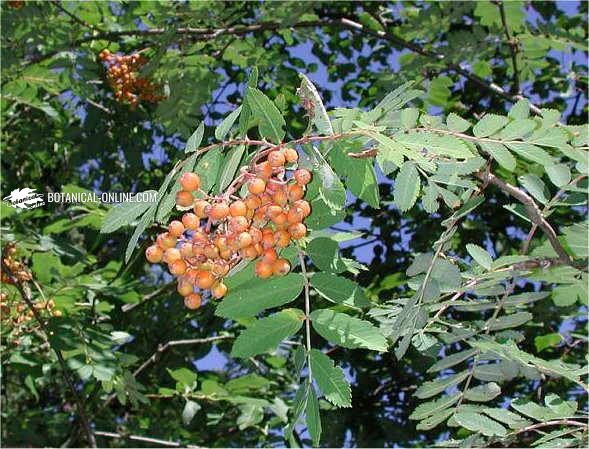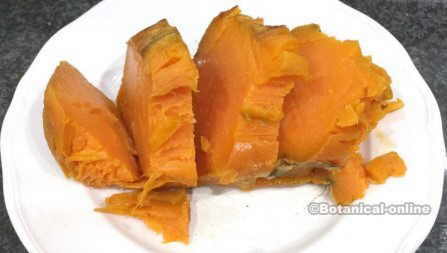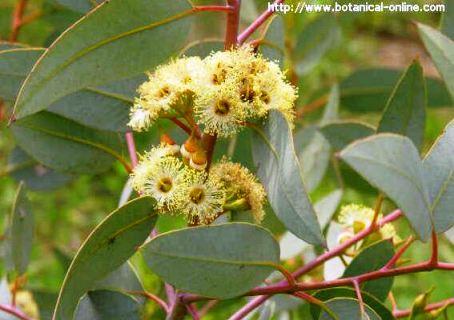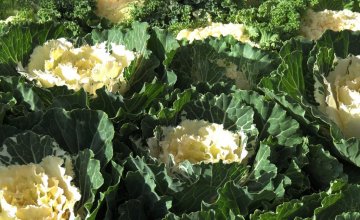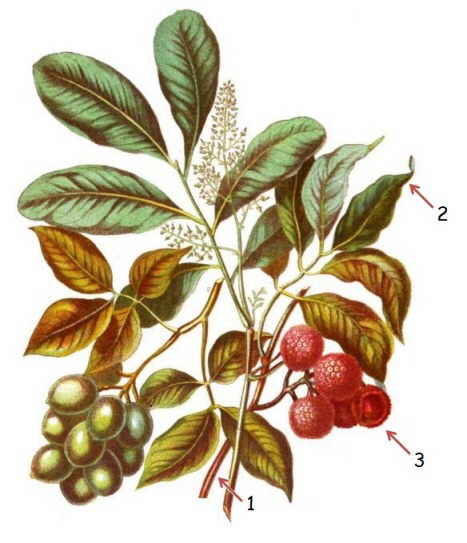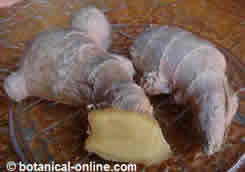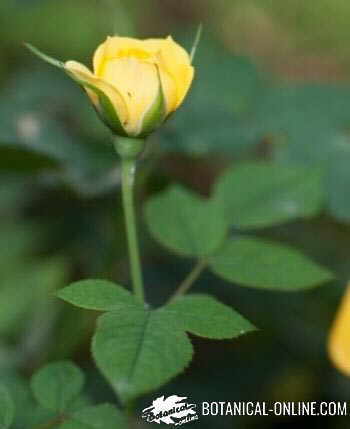Contents
Medicinal properties of Butcher’s broom
Butcher’s broom (Ruscus aculeatus) is one of the most widely used medicinal plants in phytotherapy for the treatment of vascular problems or poor circulation.
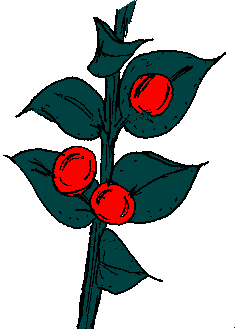
In natural medicine, the dried rhizome of the plant is used, which has an intense turpentine aroma.
Its active principles are the steroidal saponins ruscogenin and neoruscogenin. Ruscogenin is similar to diosgenin (the active ingredient in wild yam).
These substances have diuretic and circulatory properties by reducing vascular permeability, reducing inflammation, and contracting capillaries or small veins. Externally it is also used topically in anti-cellulite creams.
- Diuretic: It has at least 10 diuretic components, among which steroidal saponins (ruscogenin and neoruscogenin), glycolic acid, magnesium, calcium and potassium.
It has diuretic properties by promoting the elimination of fluid and toxins from the body. (Decoction 10g of dried root per liter of water. Infuse and let stand for 5 minutes) (Butcher’s broom extract capsules according to the instructions on the package leaflet) It’s got diuretic properties. The “leaves”, fruits and flowers, once boiled, can be mixed with a little wine so as to increase the level of urine discharges.
- Gout: Due to its diuretic properties, butcher’s broom is used against gout, to help eliminate uric acid. (Decoction: 10g of dried root per liter of water. Infuse and let stand for 5 minutes.) (Butcher’s broom extract capsules as directed on the package leaflet.).
- Poor circulation: Butcher’s broom is one of the most widely used plants to treat circulatory problems, especially those related to poor venous circulation.
- Phlebitis: Its active principles prevent vein inflammation. (Decoction: 10g of dried root per liter of water. Infuse and let stand for 5 minutes.)
A study was conducted on the efficacy of a drug composed of butcher’s broom extract (Ruscus aculeatus) (16.5 mg), hesperidin (75 mg) and vitamin C (50 mg) in 40 people aged 28 to 74 years, suffering from chronic phlebitis in the lower extremities. This treatment managed to reduce the symptoms of phlebitis. (Butcher’s broom extract capsules as directed on the package leaflet)
- Varicose veins: This is a venotonic plant due to its active ingredient content, ruscogenin and neoruscogenin, which relieve tired legs, vein inflammation, varicose and spider veins, cramps, etc. (Decoction 10g of dried root per liter of water. Infuse and let stand for 5 minutes)
- Hemorrhoids: To contract venous dilation of the anus and rectum, helping to reduce hemorrhoid inflammation. (Decoction of 10g of dried root per liter of water. Infuse and let stand for 5 minutes) (Butcher’s broom extract capsules as directed on the package leaflet) (Antihemorrhoidal suppositories and ointments with butcher’s broom extract)
- Hypotension and Fainting: Scientific studies support the use of butcher’s broom. It has been shown to be effective in the natural treatment of orthostatic hypotension, one of the main causes of fainting. (Butcher’s broom extract capsules as directed on the package leaflet.)
PREPARATIONS FOR EXTERNAL USE
- Cellulite: Extracts from the plant are added to cosmetic preparations for cellulite (creams, ointments, etc.) for its vasoconstrictive and circulatory-boosting properties. (Butcher’s broom produces more vasoconstriction than other plants used for the same purpose, such as horse chestnut or witch hazel.) (Natural cosmetics and creams with butcher’s broom extract)
Butcher’s broom toxicity: Hazards associated with the use of the plant
Preparations containing butcher’s broom extract or root should not be prescribed to patients with hypertension.
The fruits are very rich in saponins and can cause poisoning: gastrointestinal irritation, vomiting, diarrhea, convulsions and risk of hemolysis.
Treatments with the plant or its extract have important contraindications: It should not be administered in cases of kidney failure, arterial insufficiency, hematuria, or hemorrhages.
Other uses of Butcher’s broom
- Cookery: The most tender stems can be eaten as if they were asparagus with the same diuretic effects as well.
- Simbolism: This plant is used in some places as a Christmas’ plant
![]() More information about medicinal plants.
More information about medicinal plants.

